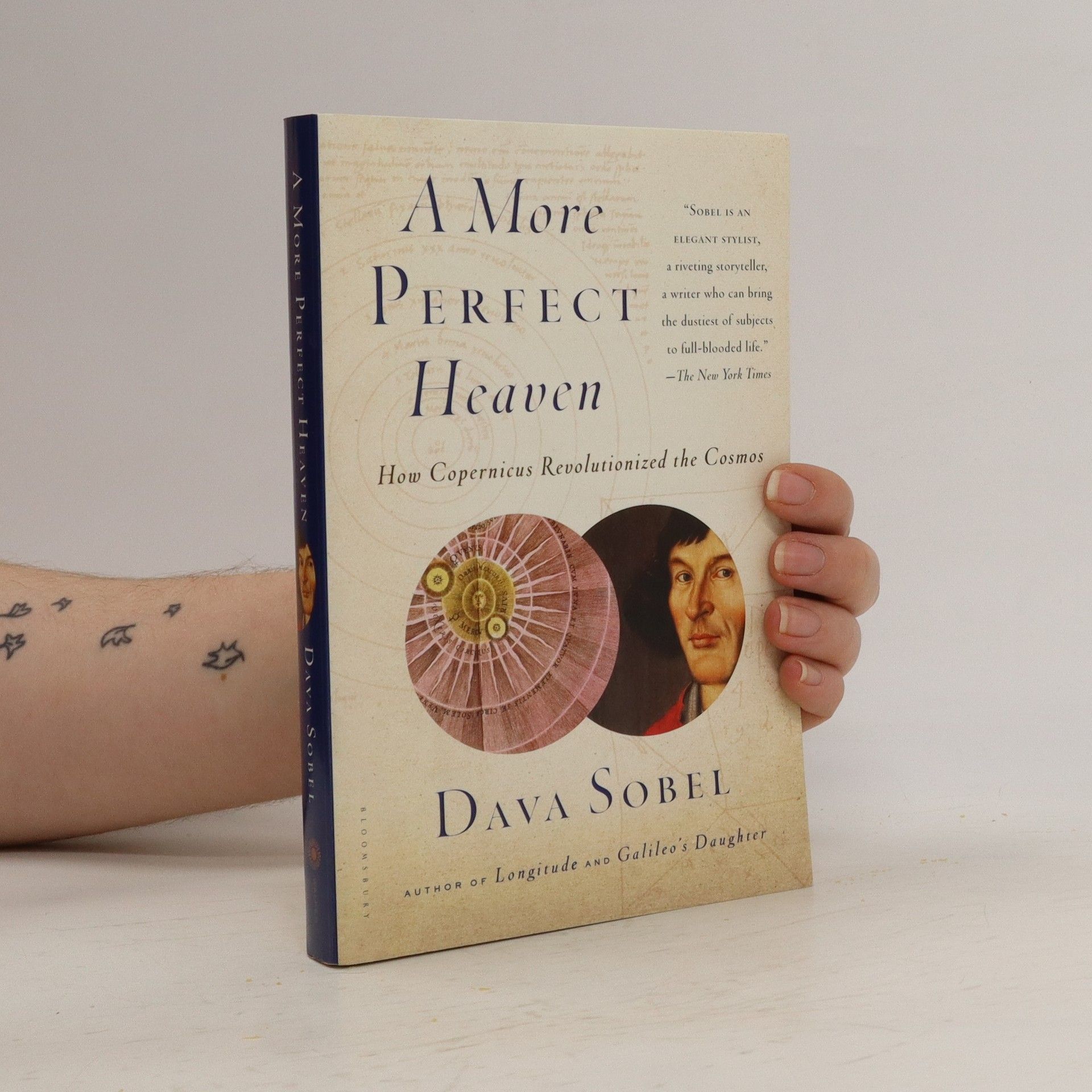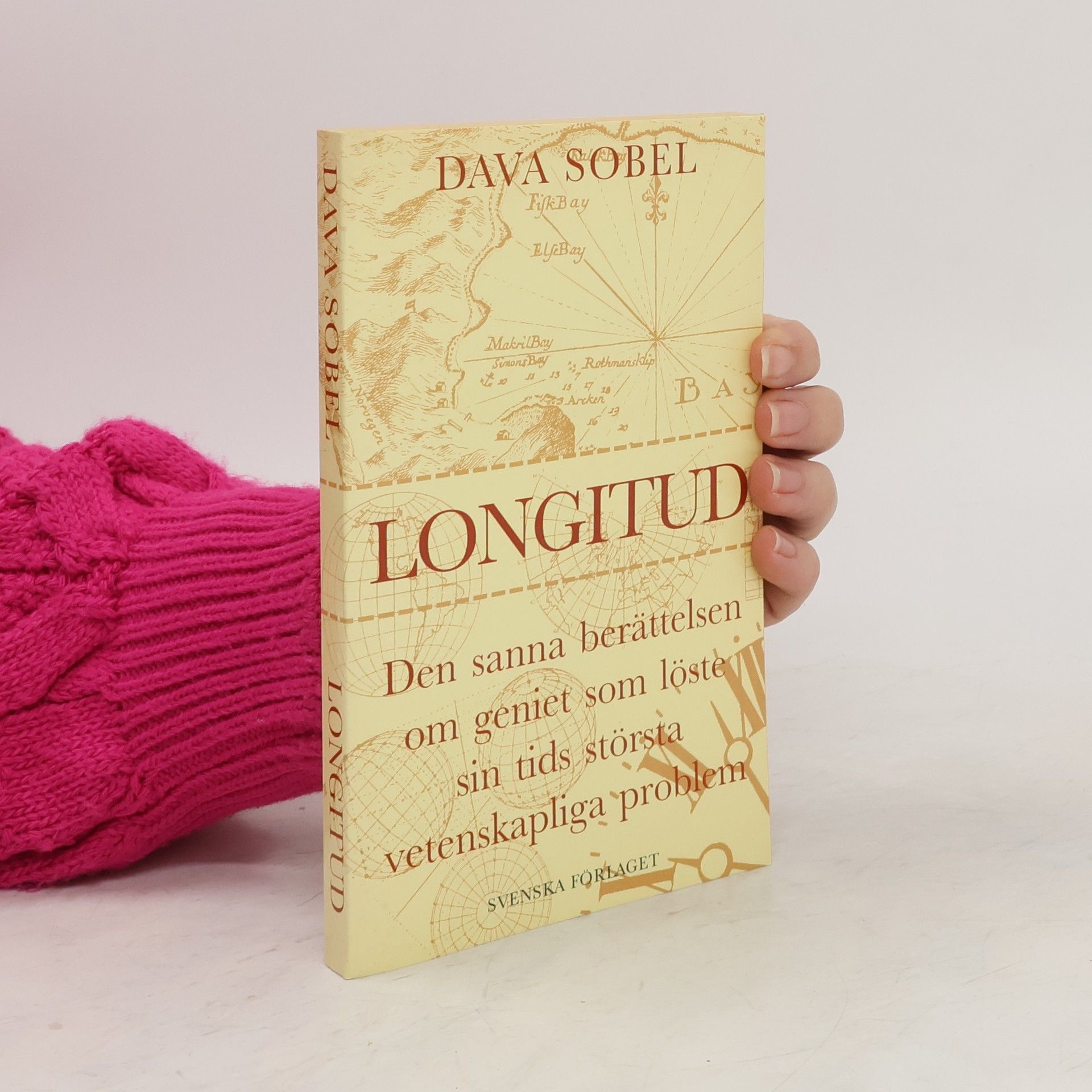In einer Zeit, als Edison mit seiner elektrischen Glühbirne für Aufsehen sorgte, begannen Frauen an der amerikanischen Ostküste, die Gestirne zu erkunden. In den 1880er-Jahren engagierte ein Professor der Harvard University Frauen als „Computer“ am Observatorium. Dazu gehörten nicht nur Angehörige von Astronomen, sondern auch Absolventinnen neuer Frauen-Colleges und leidenschaftliche Sternbeobachterinnen. Diese Frauen leisteten Erstaunliches: Williamina Fleming, eine ledige Mutter und ehemalige Haushälterin, entdeckte rund 300 Sterne, während Antonia Maury eine eigene Klassifikation der Planeten entwickelte, die als Grundstein der modernen Astrophysik gilt. Dennoch fanden nur wenige von ihnen später die verdiente Anerkennung. Dava Sobel widmet sich in ihrem neuen Buch dem Wirken dieser ambitionierten Wissenschaftlerinnen und setzt ihnen ein Denkmal. Die Autorin hat intensiv recherchiert und präsentiert ihre Erkenntnisse auf spannende und persönliche Weise. Sobels Werk sensibilisiert die Leser für historische Geschlechterungleichheiten in der Wissenschaft und zeigt, dass unser Wissen über den Nachthimmel auf den Verdiensten beider Geschlechter beruht. Es ist ein lebendiges Porträt fast vergessener Wissenschaftlerinnen, die entscheidend zur Entwicklung der Astrophysik beitrugen.
Dava Sobel Bücher
Dava Sobel ist eine anerkannte Autorin populärwissenschaftlicher Darstellungen. In ihrer vier Jahrzehnte umspannenden Karriere als Wissenschaftsjournalistin hat sie für zahlreiche Magazine geschrieben und mehrere Bücher mitverfasst. Ihr bekanntestes Werk befasst sich mit den Komplexitäten der Längen- und Breitengrade.

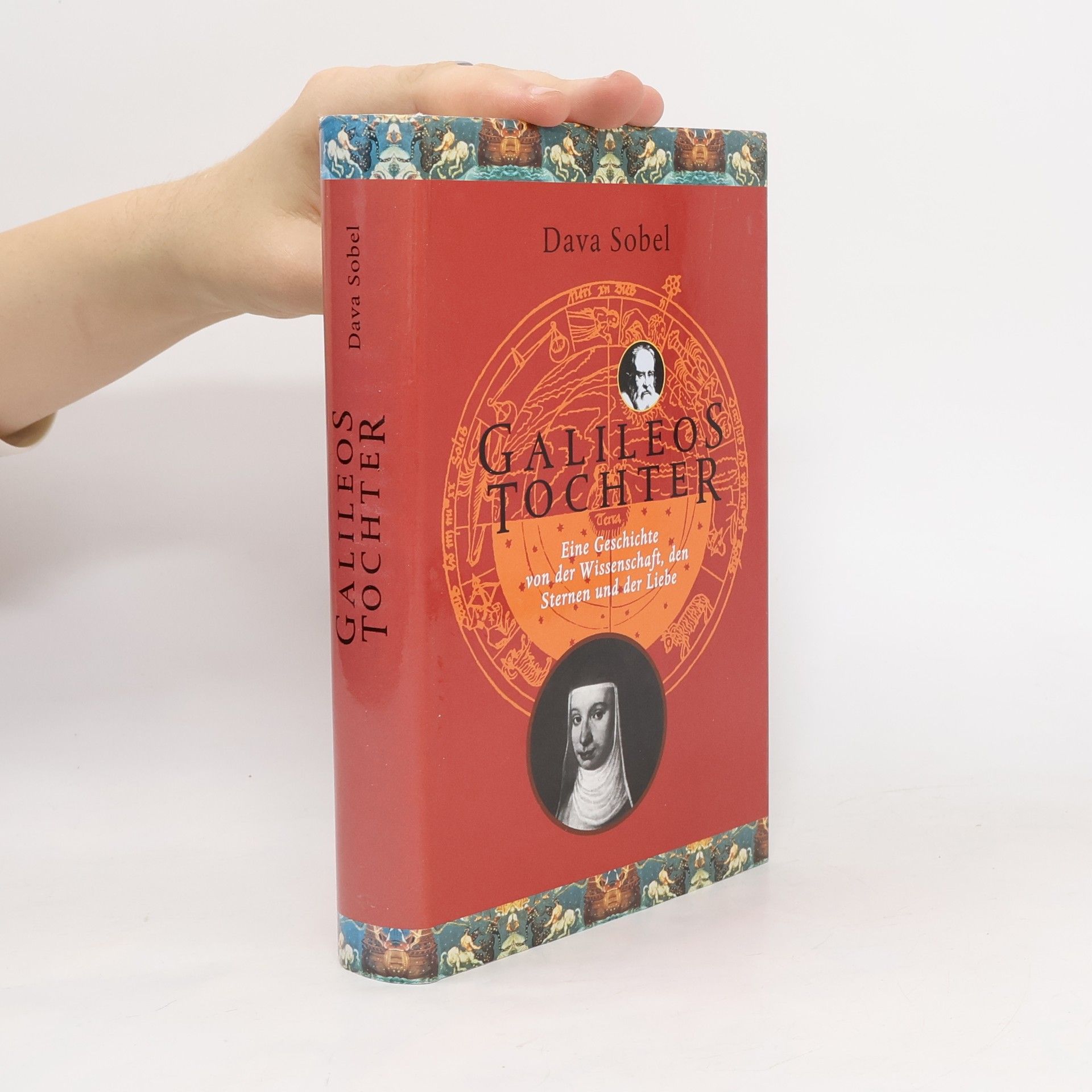
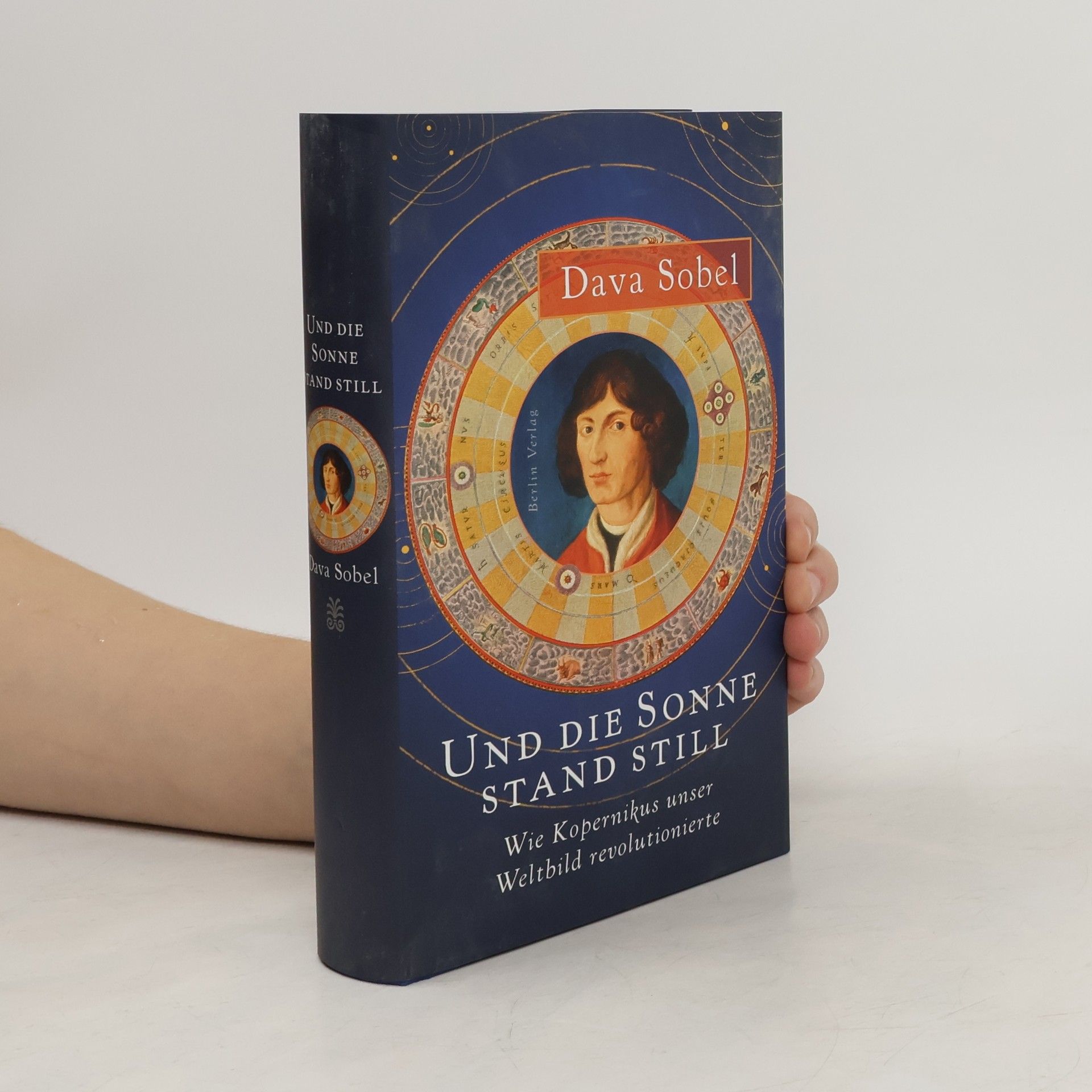

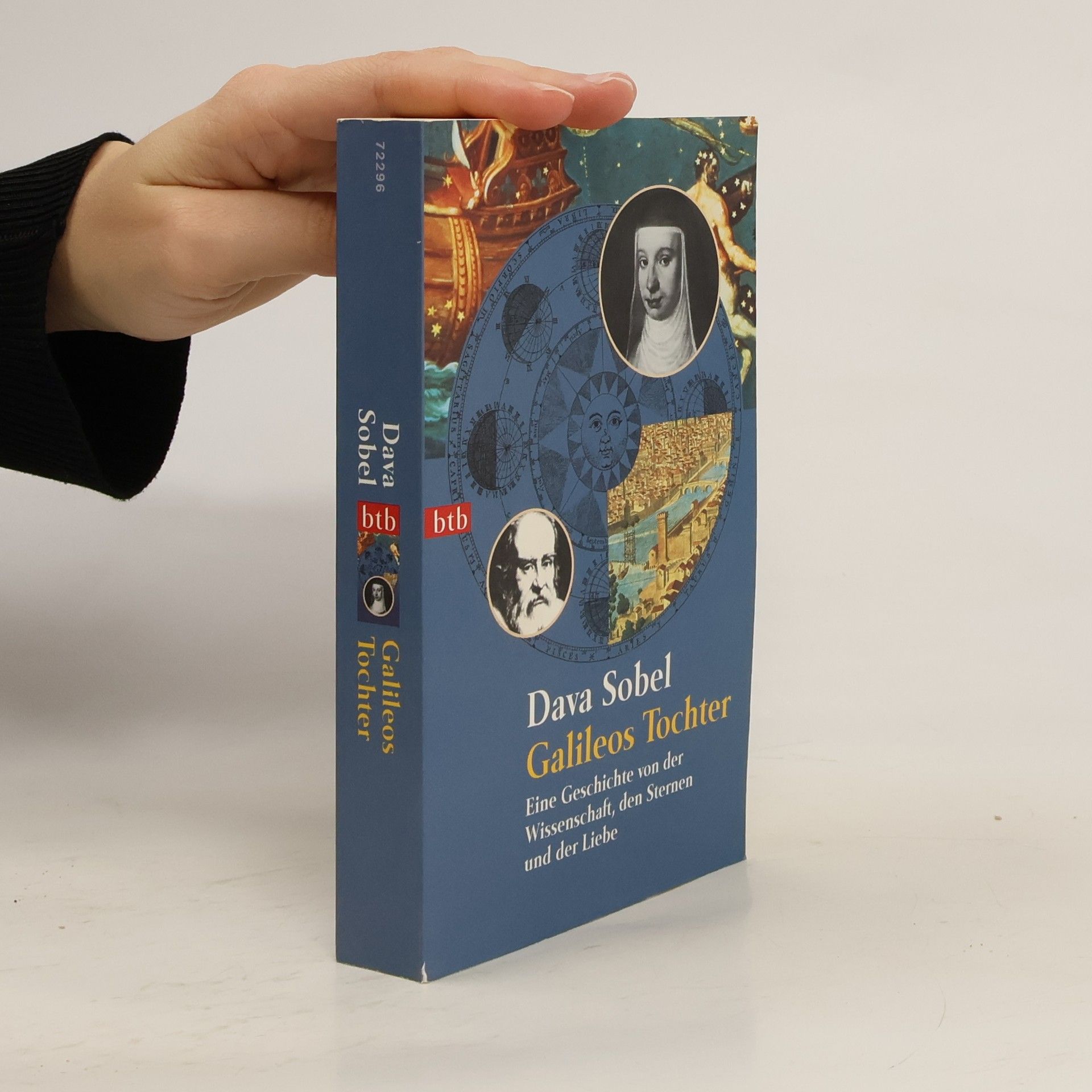

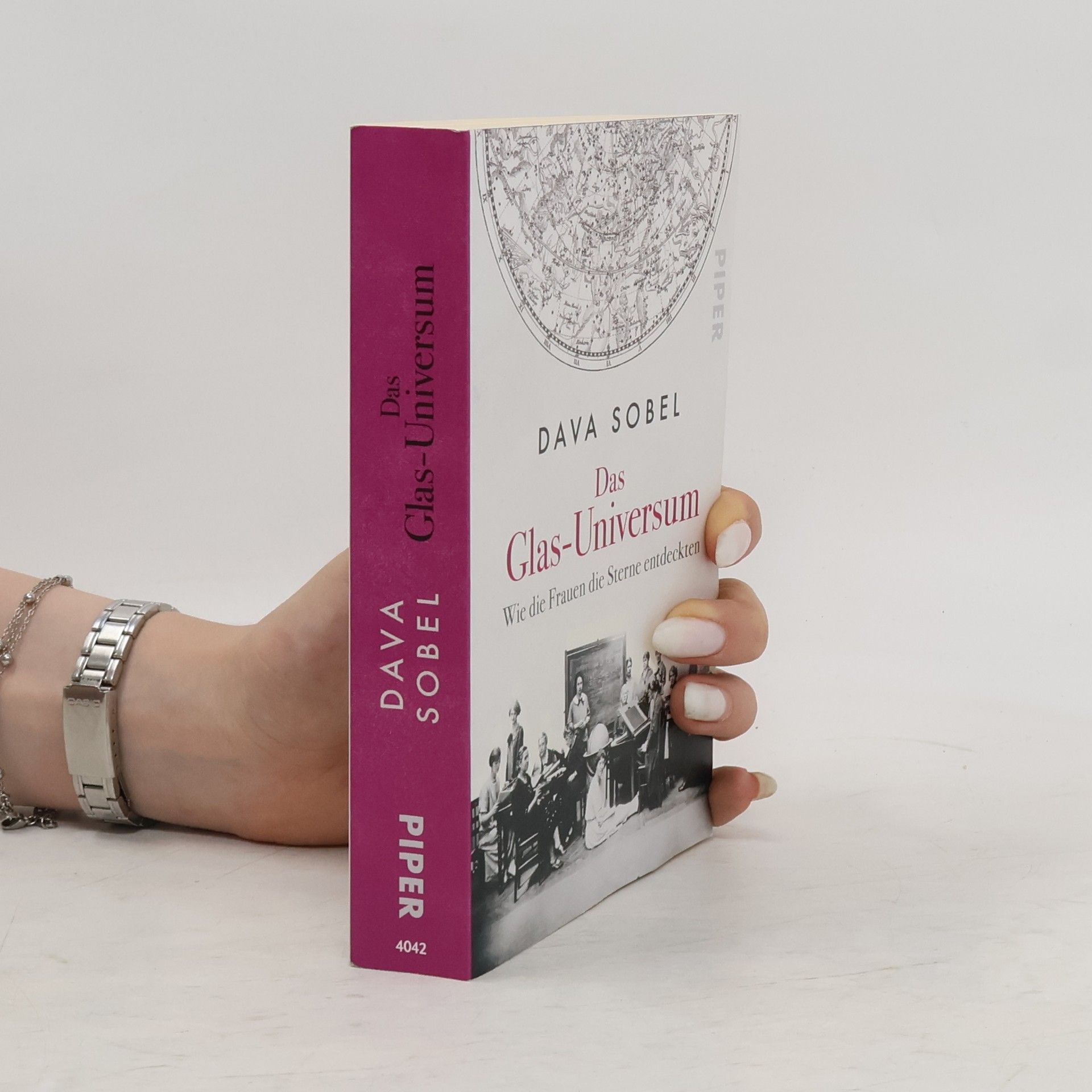
Jeder, der im achtzehnten Jahrhundert mit der Seefahrt zu tun hatte, wusste, dass die dornigste wissenschaftlichei Frage der Zeit "das Längengrad-Problem" war - ein Dilemma, das die Navigatoren seit Jahrhunderten quälte. Unfähig, den Längengrad ihrer Position festzustellen, waren die Seeleute im Zeitalter der grossen Entdeckungen praktisch auf vage Vermutungen angewiesen, sobald sie das Land aus den Augen verloren. Die meisten Wissenschaftler versuchten eine Antwort in den Sternen zu finden. Im Gegensatz dazu machte sich ein Mann, John Harrison, an die Arbeit, eine mechanische Lösung zu finden - einen Chronometer, der auf See präzise Zeitangaben zu machen vermochte.
Galileos Tochter
- 431 Seiten
- 16 Lesestunden
Maria Celeste, die Tochter von Galileo Galilei, war nicht nur seine geliebte Tochter, sondern auch eine kluge Ratgeberin und treue Begleiterin in seinem Leben und Werk. Galilei, der das christliche Dogma herausforderte, war ein gläubiger Christ, der Maria mit dreizehn Jahren ins Kloster San Matteo in Arcetri bei Florenz gab, wo sie bis zu ihrem frühen Tod 1634 blieb. Ihre 124 erhaltenen Briefe an ihren Vater sind einzigartige Zeugnisse ihrer Intelligenz und Loyalität. Dava Sobel präsentiert Galileo in einem neuen Licht: mutig, menschlich, gläubig und seiner Familie, insbesondere seiner ältesten Tochter, treu ergeben. Sobel verwebt meisterhaft die Stimmen von Galileo und Maria Celeste in ihre Erzählung und beleuchtet die dramatische Konfrontation zwischen Kirche und Wissenschaft. Die Briefe zeigen unerschütterlichen Glauben und unterstützen Galileo während seines Prozesses durch die Inquisition 1633, der ihn vor dem Scheiterhaufen bewahrte. „Dava Sobel schildert mit liebevoller Passion für das historische Detail den Sieg des wissenschaftlichen Geistes über den religiösen Dogmatismus.“ – Peter M. Hetzel, Schweizer Illustrierte „Das ebenso farbige wie klare Bild einer Epoche im Umbruch.“ – Kölnische Rundschau „Dava Sobel ist eine meisterhafte Erzählerin.“ – New York Times Book Review
Der Kosmos ist kalt, groß und unbegreifbar? Nicht bei Dava Sobel. Unnachahmlich vermittelt sie Wissenschaft erzählerisch und packend. Wer nach den Sternen fragt, so die Botschaft dieses charmanten und klugen Buches, wird am Ende immer wieder auf der Erde landen. Denn die Geschichte der neun Planeten ist nicht nur die Geschichte ihrer Entdecker, sondern sie erzählt auch davon, wie man den Himmelskörpern seit Menschengedenken eine Bedeutung in Kunst, Mythologie und Literatur zugeschrieben hat. Eine Reise zu den Sternen auf neuen und niemals vermuteten Wegen.
Schon um das Jahr 1514 verfasste Nikolaus Kopernikus eine erste Skizze seiner heliozentrischen Theorie. Nicht die Erde stand demnach im Mittelpunkt des Universums, sondern die Sonne, und die Planeten umkreisten sie. Diese Schrift war revolutionär, aber nur einem kleinen Kreis von Astronomen bekannt. Anhand zahlloser Sternenbeobachtungen entwickelte Kopernikus seine Theorie weiter, das betreffende Manuskript hielt er jedoch unter Verschluss. Die geheimnisumwitterte Existenz dieser Schrift trieb Wissenschaftler in ganz Europa um. Im Jahr 1539 begab sich schließlich der junge deutsche Mathematiker Georg Joachim Rheticus nach Frauenburg, um Kopernikus zu überreden, sein Werk zu veröffentlichen. Unter dem Titel De revolutionibus orbium coelestium (Über die Umschwünge der himmlischen Kreise) sollte das Buch unser Verständnis von unserem Platz im Universum für immer verändern. Elegant erzählt Dava Sobel die Geschichte der Kopernikanischen Revolution und bettet sie ein in die Geschichte der Astronomie von Aristoteles bis zum Mittelalter. Wie schon in ihren Bestsellern Längengrad und Galileos Tochter liefert sie so das unvergessliche Porträt einer wissenschaftlichen Großtat.
Galileos Tochter
Eine Geschichte von der Wissenschaft, den Sternen & der Liebe
'A biographical orrery - intricate, complex and fascinating' The Observer 'A peerless intellectual biography. The Glass Universe shines and twinkles as brightly as the stars themselves' Economist Bestselling author Dava Sobel returns with a captivating, little-known true story of women in science Before they even had the right to vote, a group of remarkable women were employed by Harvard College Observatory as 'Human Computers' to interpret the observations made via telescope by their male counterparts each night. The author of Longitude, Galileo's Daughter and The Planets shines light on the hidden history of these extraordinary women who changed the burgeoning field of astronomy and our understanding of the stars and our place in the universe.
A More Perfect Heaven
- 288 Seiten
- 11 Lesestunden
By 1514, the reclusive cleric Nicolaus Copernicus had developed an initial outline of his heliocentric theory-in which he defied common sense and received wisdom to place the sun, and not the earth, at the center of our universe, and set the earth spinning among the other planets. Over the next two decades, Copernicus expanded his theory and compiled in secret a book-length manuscript that tantalized mathematicians and scientists throughout Europe. For fear of ridicule, he refused to publish. In 1539, a young German mathematician, Georg Joachim Rheticus, drawn by rumors of a revolution to rival the religious upheaval of Martin Luther's Reformation, traveled to Poland to seek out Copernicus. Two years later, the Protestant youth took leave of his aging Catholic mentor and arranged to have Copernicus's manuscript published, in 1543, as De revolutionibus orbium coelestium (On the Revolutions of the Celestial Spheres)-the book that forever changed humankind's place in the universe. In her elegant, compelling style, Dava Sobel chronicles, as nobody has, the conflicting personalities and extraordinary discoveries that shaped the Copernican Revolution. At the heart of the book is her play "And the Sun Stood Still," imagining Rheticus's struggle to convince Copernicus to let his manuscript see the light of day.
Elements of Marie Curie
How the Glow of Radium Lit a Path for Women in Science
Focusing on the life and contributions of a groundbreaking female scientist, the book explores her significant impact on the field and highlights the lesser-known stories of the young women who trained in her laboratory. Through a blend of biography and historical context, it sheds light on their struggles and achievements, offering a fresh perspective on women's roles in science. The narrative emphasizes both the individual's legacy and the collective experiences of women in a male-dominated profession.

